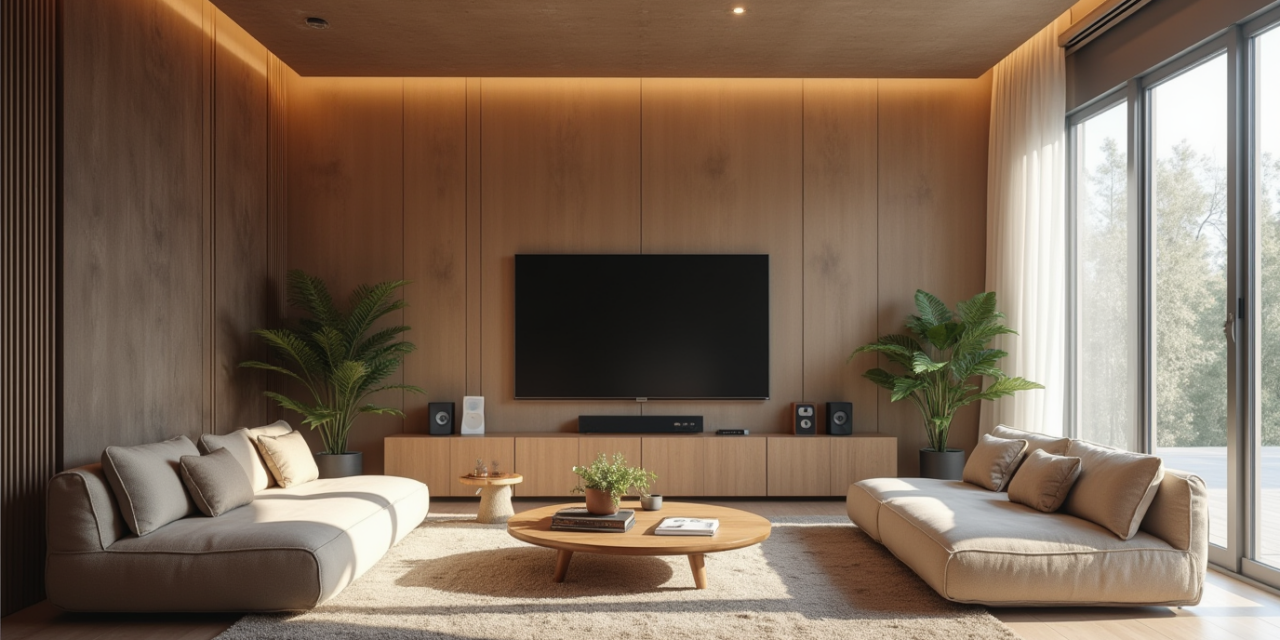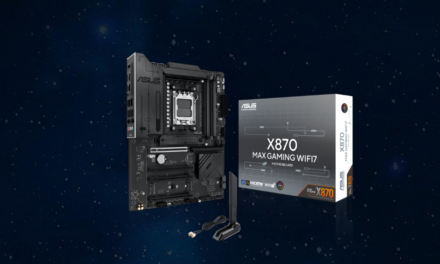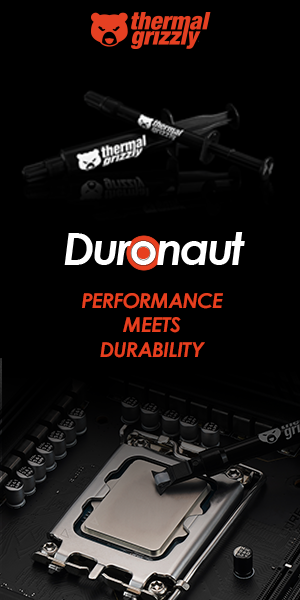
Top Smart Home Upgrades for 2025: Must-Have Tech and Acoustic Solutions

The Evolution of Smart Home Technology in 2025
Smart homes in 2025 will be more intelligent, connected, and responsive than ever. Instead of managing isolated devices, homeowners are now building full ecosystems, where lighting, audio, security, and climate all work together through unified platforms.
A major shift is the growing role of the audio visual installation company. As homes become more tech-dependent, people aren’t just buying gear—they’re investing in expert help to make it all work flawlessly. These companies bridge the gap between technology and real-world living, ensuring smart systems are optimized for layout, acoustics, and performance.
Artificial intelligence is also reshaping the experience. Smart homes can now anticipate your routines, adjust preferences automatically, and adapt to your habits. Homeowners prioritize upgrades that enhance comfort, efficiency, and sound quality—not just adding new devices but making the entire environment more functional.
Creating the Ultimate Smart Entertainment Experience
Entertainment setups in 2025 go far beyond a good TV and speakers. Homeowners are building full-scale media zones with surround sound, ambient lighting, and responsive controls—all working together to create immersive viewing.
Multi-room synchronization is now the norm. You can pause a movie in the living room and resume it in the bedroom. The music follows you from room to room. Everything is controlled from a central interface or even through presence detection.
Display technology has also leveled up. With 8K OLEDs, ultra-short throw projectors, and AR-ready setups, the screen is only one part of the experience. These new systems demand proper room layout, lighting control, and sound calibration to perform as intended.
To get the most out of this tech, the room has to be part of the design. That includes acoustic optimization, smart lighting integration, and tailored furniture placement. The result? A space that feels like it was built around the content, not just the gear.
The Most Overlooked Home Upgrade
Smart homes rely on audio for everything—commands, alerts, entertainment, and communication. However, few homeowners think about how sound moves through their space.
Poor acoustics affect how smart speakers hear you, how clearly you hear others, and how immersive your entertainment is. Hard surfaces bounce sound. Open layouts create echo. Even great hardware can’t overcome a bad acoustic environment.
Simple changes—like wall treatments, area rugs, or ceiling panels—can make a big difference. These elements absorb reflections and help shape how sound travels. Voice commands become more accurate. Streaming audio sounds fuller and more detailed.
When acoustic optimization is done early, everything works better. You get cleaner voice input, richer playback, and fewer interruptions. It’s one of the few upgrades that improves multiple systems at once—without adding another device.
Next-Generation Smart Home Hubs and Controllers
Controlling a smart home is no longer just about voice commands. In 2025, users interact with the system through apps, gestures, and sensors that respond to presence and behavior. Everything is becoming more intuitive and adaptive to the habits of the occupants.
Modern hubs integrate everything in one platform: light, sound, climate, security and irrigation. In addition to following commands, these systems also memorize your routines, adjust to your schedule and automatically respond to changes in the environment.
Gesture and proximity controls are becoming increasingly popular. A wave of the hand and the lights dimmed, the music quieter. Such systems are especially convenient in the kitchen or bathroom, where you don’t want to touch the panels with your hands.
As the number of smart devices grows, it is important that the system can be updated and easily integrate new technologies. It is important that all devices are convenient and work together.
Intelligent Climate and Energy Systems for Modern Homes
Energy efficiency will be a top priority for homeowners in 2025—not just for sustainability but also for cost savings. Smart HVAC systems now offer room-level zoning, learning algorithms, and integration with other smart systems to maintain comfort without wasting energy.
Window technologies have seen big improvements. Smart glass can adjust tint based on sunlight, reducing heat gain and glare. Automated shades follow the sun’s path, helping regulate indoor temperature without user input.
New energy monitoring tools allow homeowners to track consumption down to specific devices. These systems highlight waste and suggest optimizations, turning your smart home into a self-managing energy ecosystem.
Some homes are now grid-interactive—automatically shifting energy usage based on utility rates or drawing from stored solar power during peak hours. This level of control is the future of home energy, and it integrates smoothly with the rest of your smart infrastructure.
Enhanced Security Through Technology Integration
Security systems in smart homes have become far more advanced and discreet. Multiple layers now work together: video, motion, biometric access, and AI-based threat detection.
Facial recognition and fingerprint access are becoming standard in high-tech homes. These systems grant access only to authorized users; some can even issue temporary digital keys for guests, cleaners, or deliveries.
AI-powered cameras do more than record—they analyze. They detect unusual behavior, distinguish between people and pets, and can notify homeowners or authorities in real time, often before a break-in attempt even begins.
Privacy concerns haven’t been ignored. Many systems now store data locally or offer encrypted cloud options. Control settings allow homeowners to limit what’s recorded and who can view it.
Security in 2025 is more about intelligence than intimidation. It blends seamlessly into your space while providing round-the-clock protection and peace of mind.
Specialized Acoustic Solutions for Different Home Environments
Every room has different acoustic needs. A one-size-fits-all approach doesn’t work—especially in smart homes where each space serves a distinct purpose.
Home offices, for example, need clarity. Echo and background noise can ruin virtual meetings or video calls. Wall-mounted acoustic panels, sound-absorbing furniture, and strategic mic placement help create a clean audio environment that makes you sound professional, not hollow or distant.
Gaming rooms are another priority. Controlling reflections and vibration is essential with surround sound setups and high-energy sessions. Proper insulation and low-frequency absorption keep the sound immersive without leaking into other rooms.
Smart speakers benefit from precise placement and tuning. Acoustic treatment improves playback quality and voice recognition, especially in open layouts or high-ceilinged spaces.
Adjustable setups are gaining popularity for multi-use rooms. Movable acoustic panels and modular layouts let you switch between quiet work zones and entertainment spaces depending on the time of day or task.
Professional Soundproofing Services for the Technology-Driven Home
As smart tech evolves, so do the demands on your space. DIY fixes—like foam tiles or makeshift rugs—might help at first, but they often fall short for high-performance environments.
A professional approach goes deeper. Experts assess your space, measure how sound behaves, and design tailored solutions that match the room and the tech. Whether it’s a home theater, studio, or gaming space, custom treatment ensures the technology performs as it should.
Retrofitting is also an option. Many homeowners assume it’s too late to improve the sound in an existing room—but that’s not true. Surface-mounted panels, floating flooring systems, and specialized door seals can all be installed with minimal disruption to your home.
Professional installation isn’t just about sound—it’s about experience. It ensures that your smart devices, speakers, and entertainment systems aren’t working against the room—they’re working with it.
Smart Kitchen and Appliance Upgrades
The kitchen is no longer just about cooking. In 2025, it’s a connected, intelligent space that learns how you live and helps you do more with less effort.
Voice-controlled appliances are standard now. Ovens preheat on command, fridges suggest recipes based on what’s inside, and dishwashers can start cycles remotely. These tools save time and reduce decision fatigue—especially for busy households.
Smart inventory systems track expiration dates and suggest shopping lists. Some even sync with your favorite grocery apps or delivery services. No more forgotten ingredients or double-buying what you already have.
Cooking itself has gone hands-free. Step-by-step guidance, automatic measurement adjustments, and even temperature sensors built into cookware make it easier to nail a recipe without constantly checking a screen.
Lighting and sound also play a role. Ambient light shifts with the time of day, and music follows your workflow from prep to clean-up. It’s about creating a responsive space that supports productivity and comfort—whether making dinner or hosting friends.
Bathroom and Wellness Technology Advancements
The bathroom has become a wellness zone in the smart home of 2025. It’s no longer just functional—it’s part of a daily reset routine, supported by tech that personalizes the experience.
Smart water systems now optimize temperature and pressure in real-time, learning your preferences for showers or baths. These systems reduce water waste, prevent scalding, and improve comfort.
Digital showers let you set presets for different users. You can activate your preferred routine with a single voice command or app tap—perfect for households with varying schedules and habits.
Wellness features go further. Some mirrors now integrate health monitoring, such as heart rate, skin condition, and posture tracking. These insights are subtle but valuable for people looking to optimize their lifestyle.
Lighting and sound integration enhance mood and focus. From energizing morning routines to wind-down ambient sound and dimmed light at night, the bathroom becomes a controlled, rejuvenating environment.
Outdoor Smart Technology Extensions
Smart home technology doesn’t stop at the door. In 2025, outdoor systems just as advanced—brings convenience, security, and entertainment to backyards, patios, and even rooftops.
Weatherproof speakers and displays turn your outdoor space into an extension of your living room. Movie nights, poolside playlists, and game-day viewing are all possible with systems that can handle the elements.
Landscape automation now includes smart irrigation that adapts to weather forecasts, lighting that adjusts by motion or schedule, and even robotic lawn care. These upgrades save time and support a greener lifestyle.
Security integration is seamless. Smart cameras, floodlights, and gate sensors link directly to your indoor system, giving you full control and visibility—no matter where you are.
The real magic is in the indoor-outdoor flow. Smart blinds open to reveal the patio when you start cooking. Lighting transitions as you move between spaces. The music follows you automatically. It’s all connected, responsive, and designed to make the most of every square foot.
Smart homes in 2025 are more than high-tech—they’re highly personalized. Every device, every system, and every space works together to support how you live. And one of the smartest upgrades you can make? Investing in acoustics that let your tech perform at its best.
Whether you’re optimizing a home office, building a theater, or simply trying to reduce echo in your living room—sound matters. The right acoustic strategy amplifies every other piece of your smart home.
Ready to take your space to the next level? Focus on more than just screens and gadgets. Look at how your environment supports the experience. That’s where real smart living begins.


























